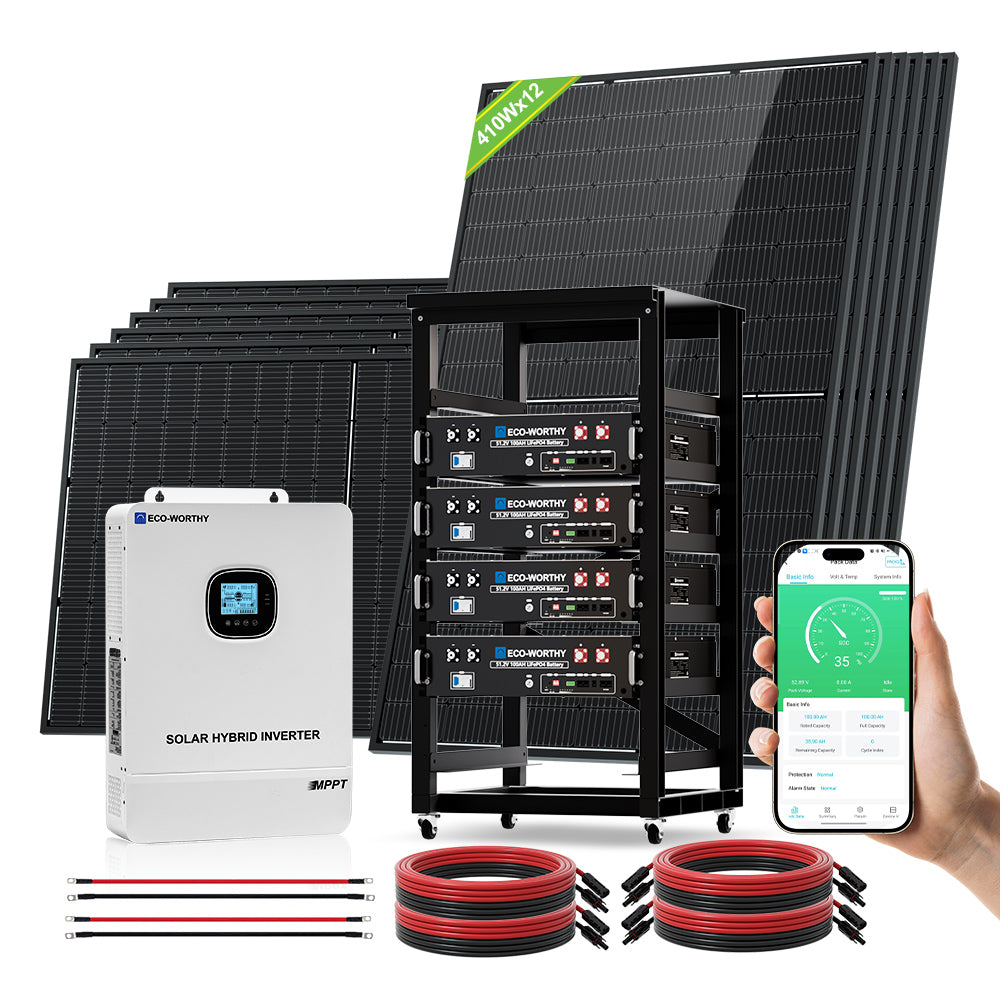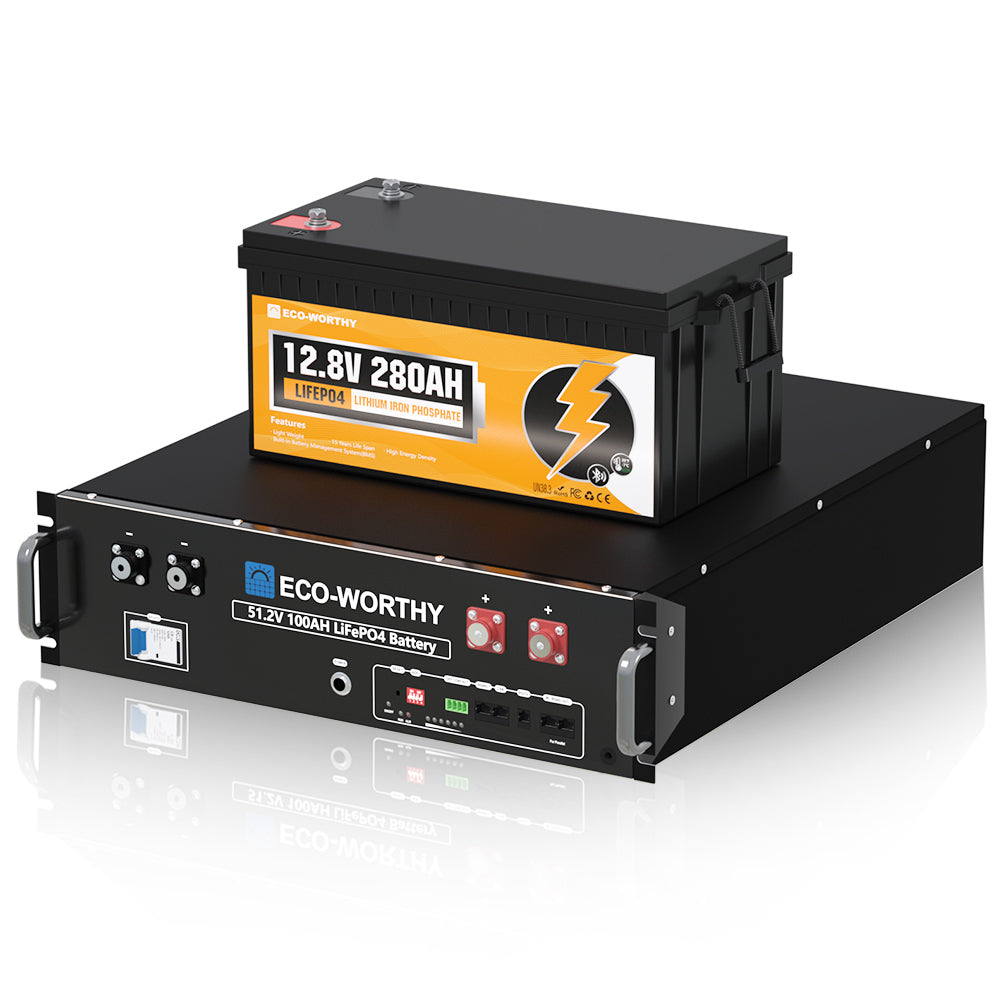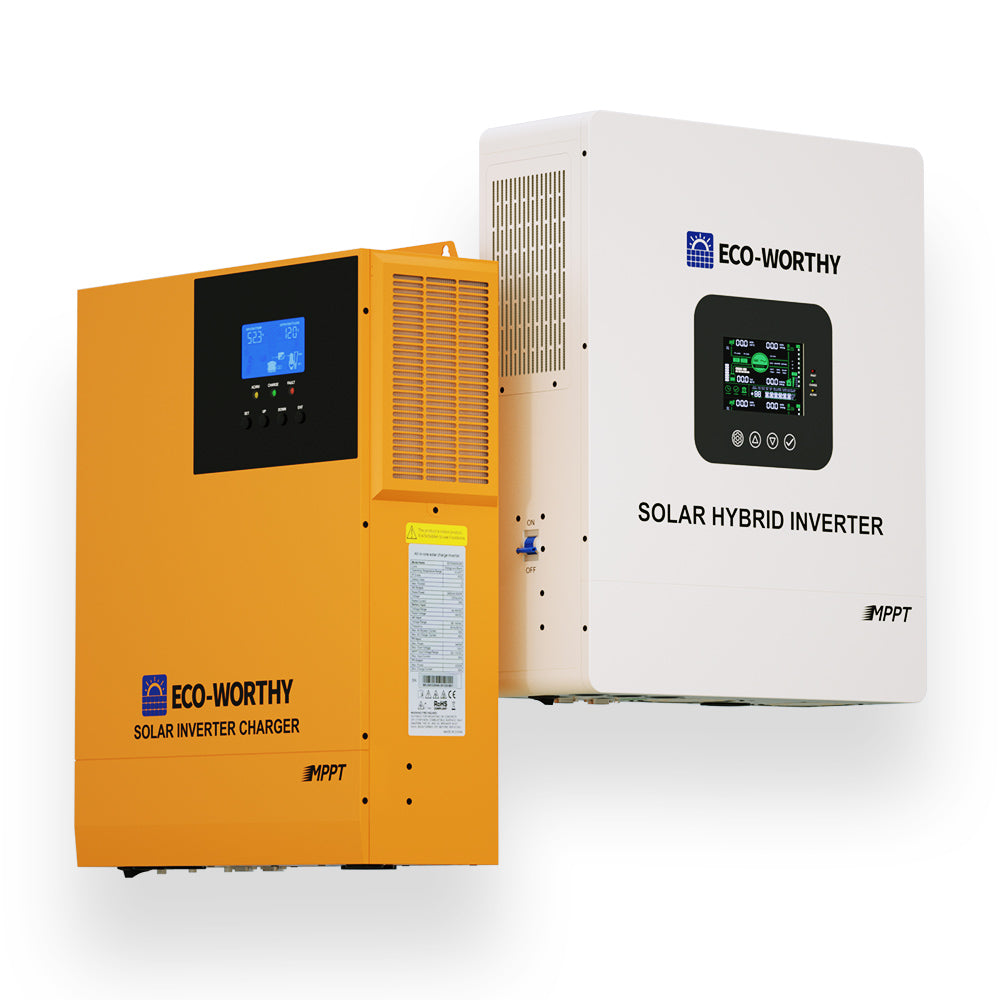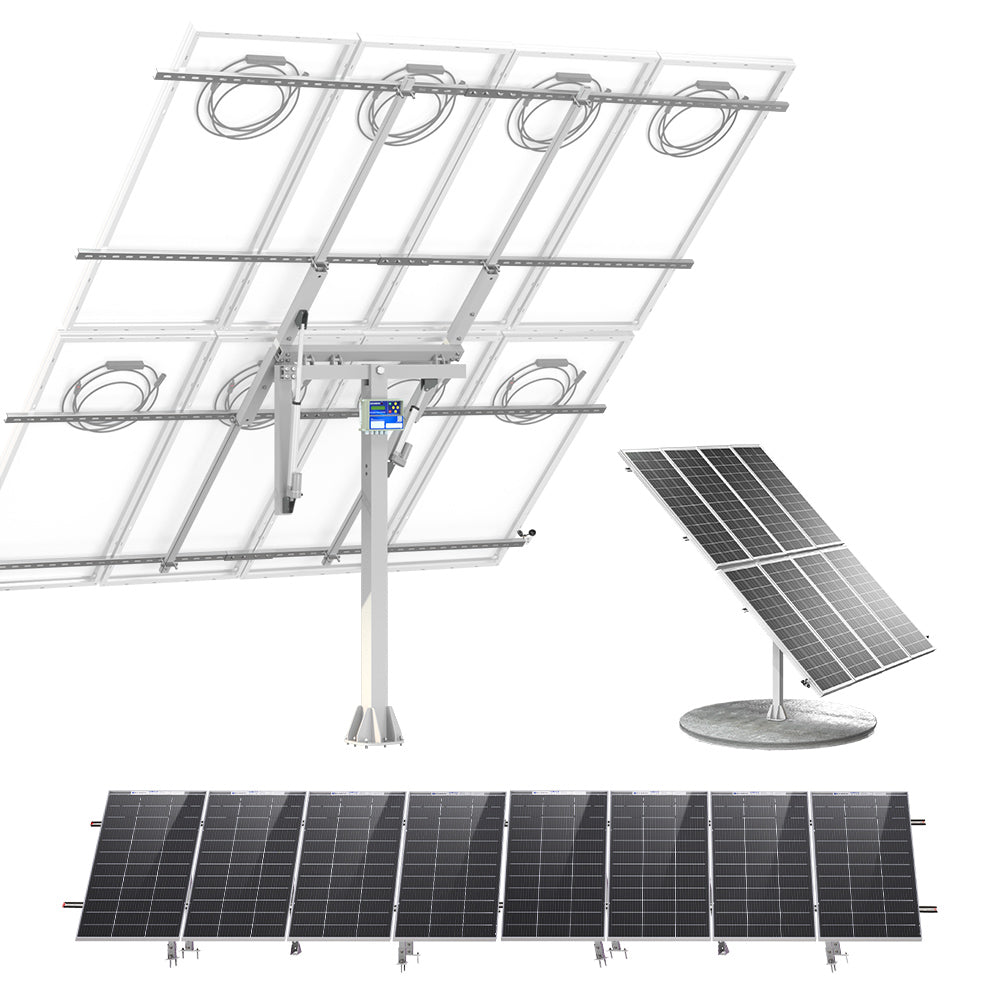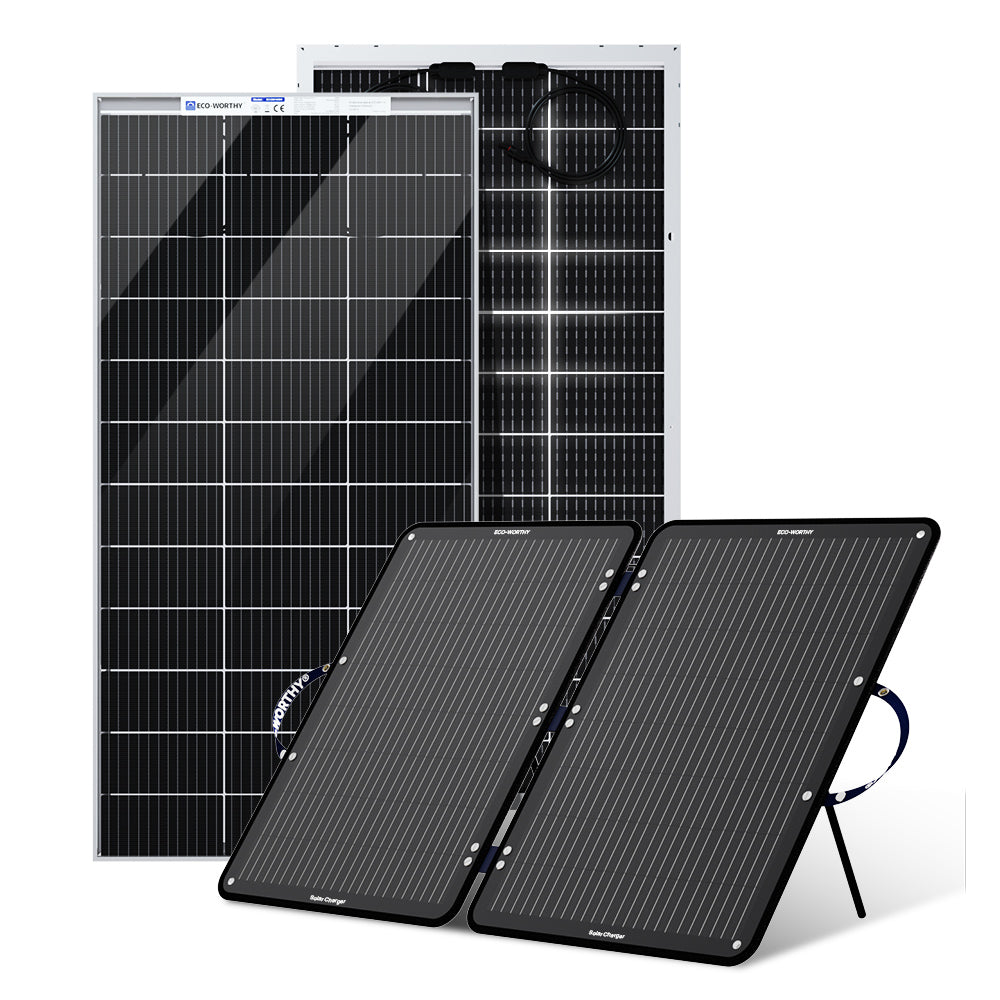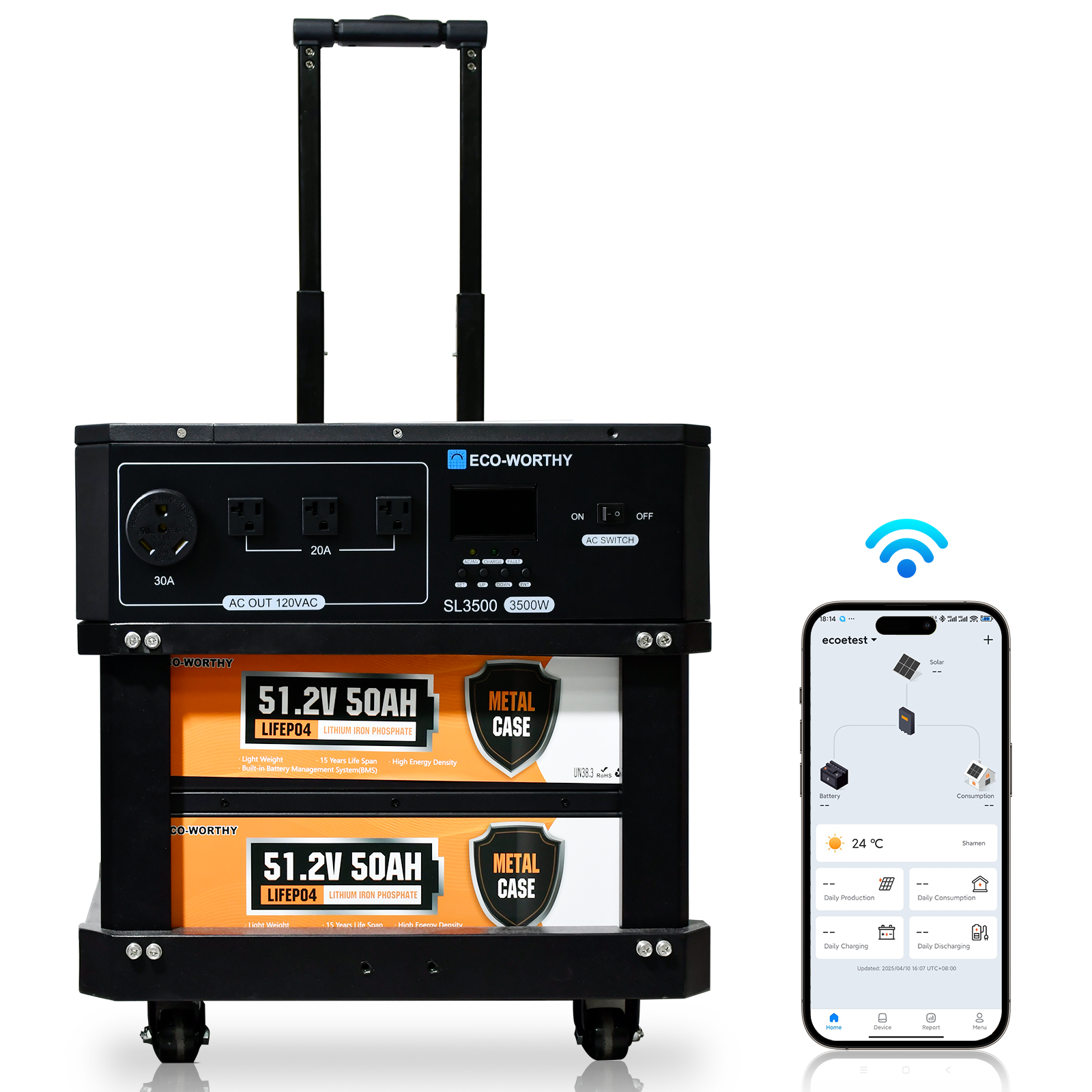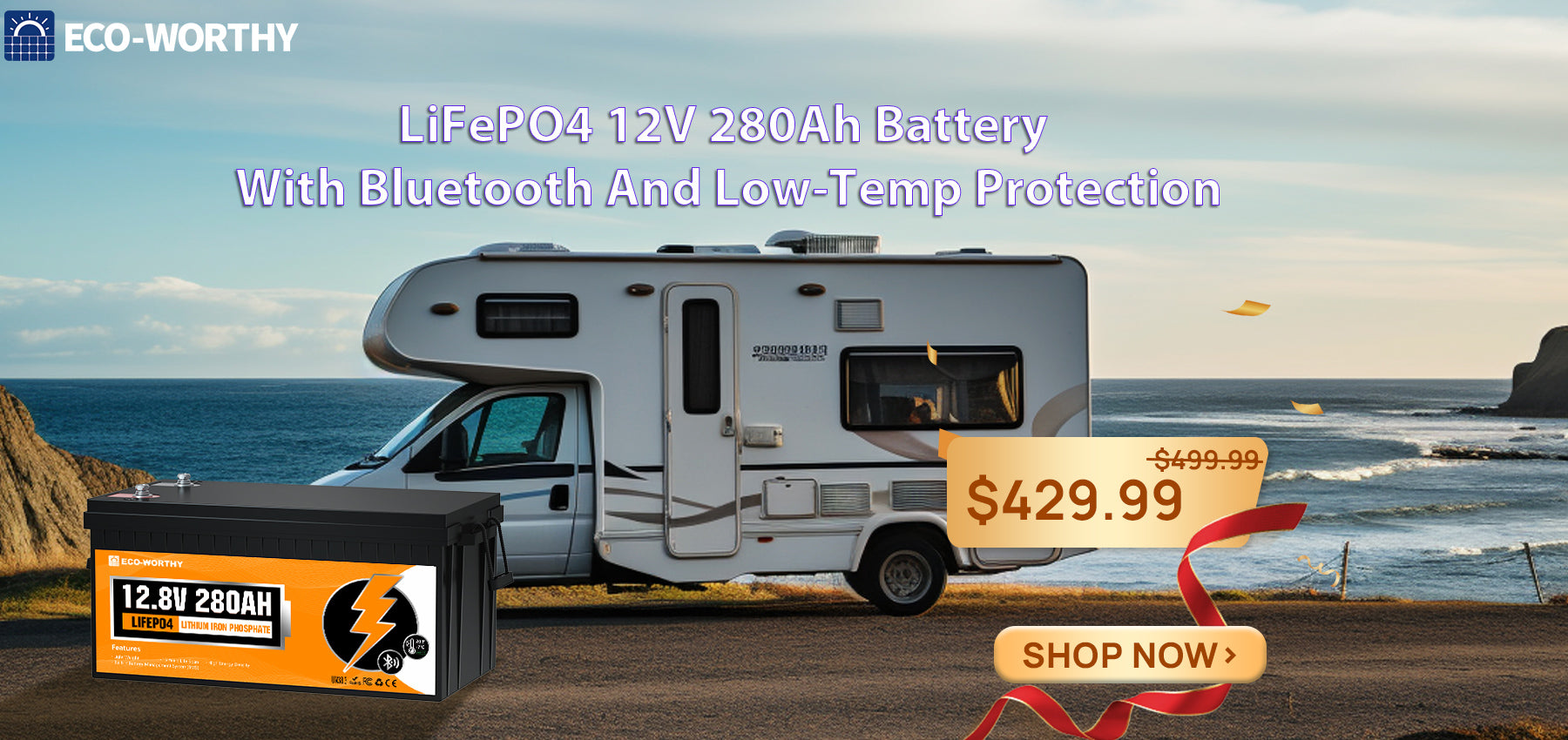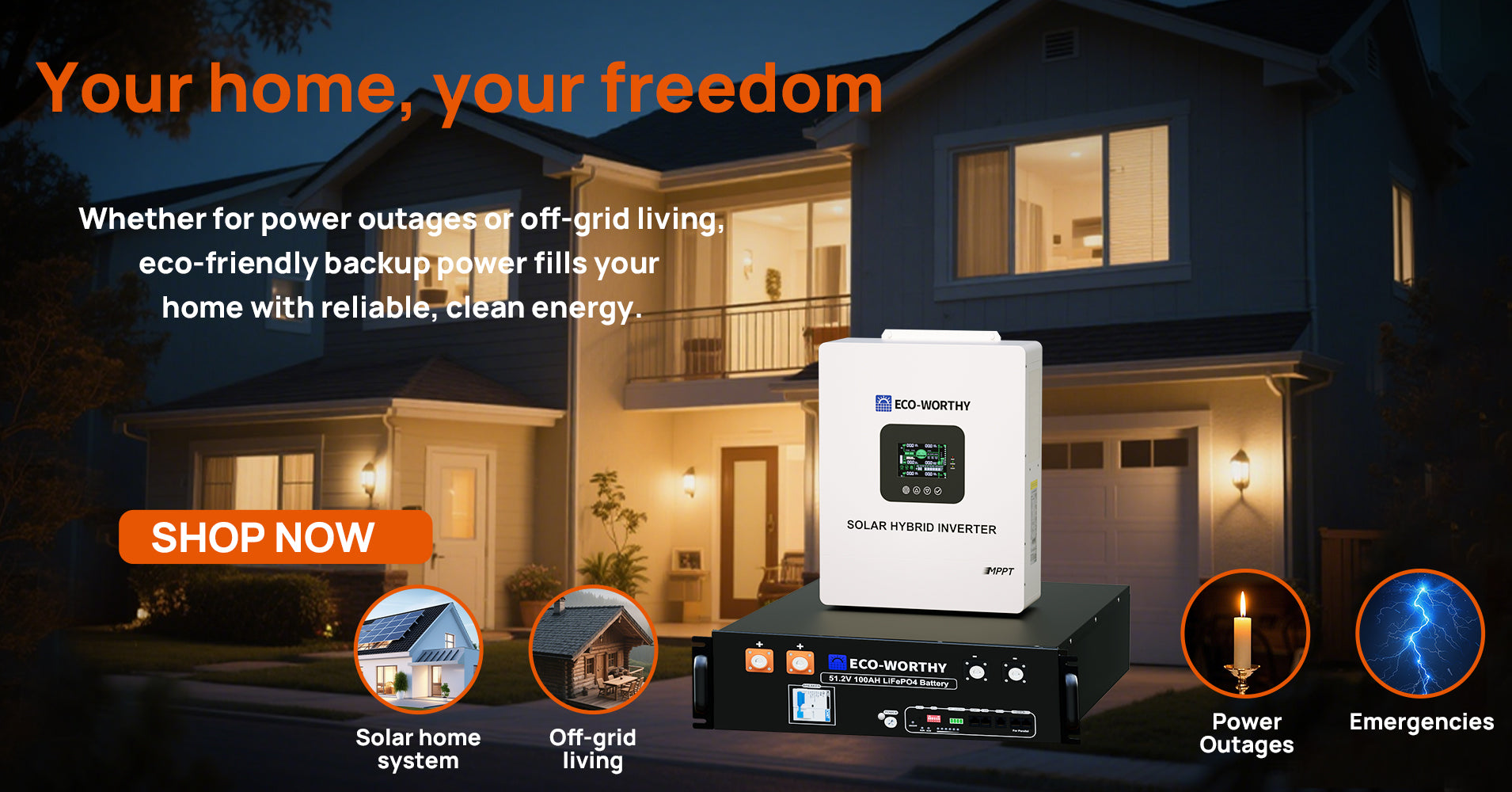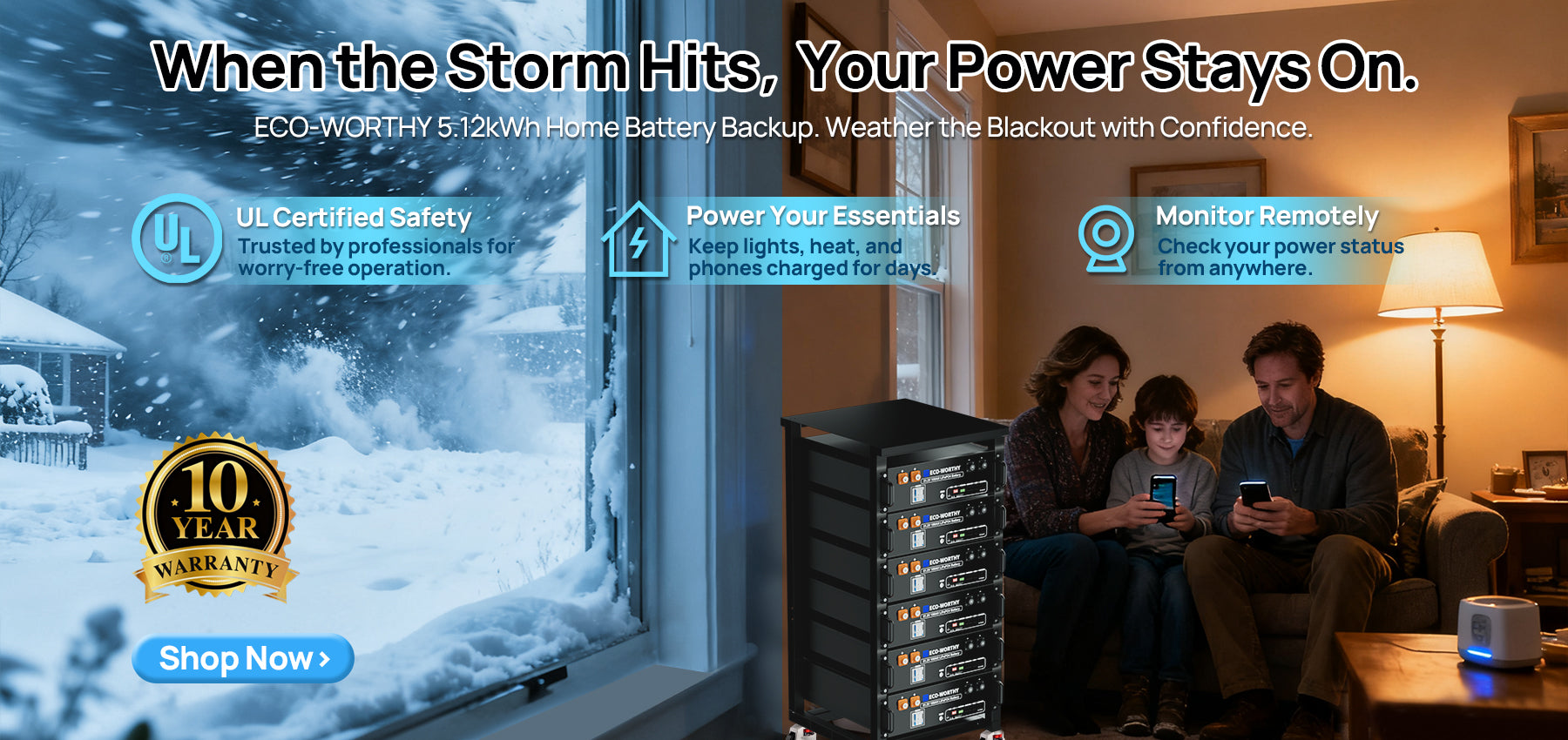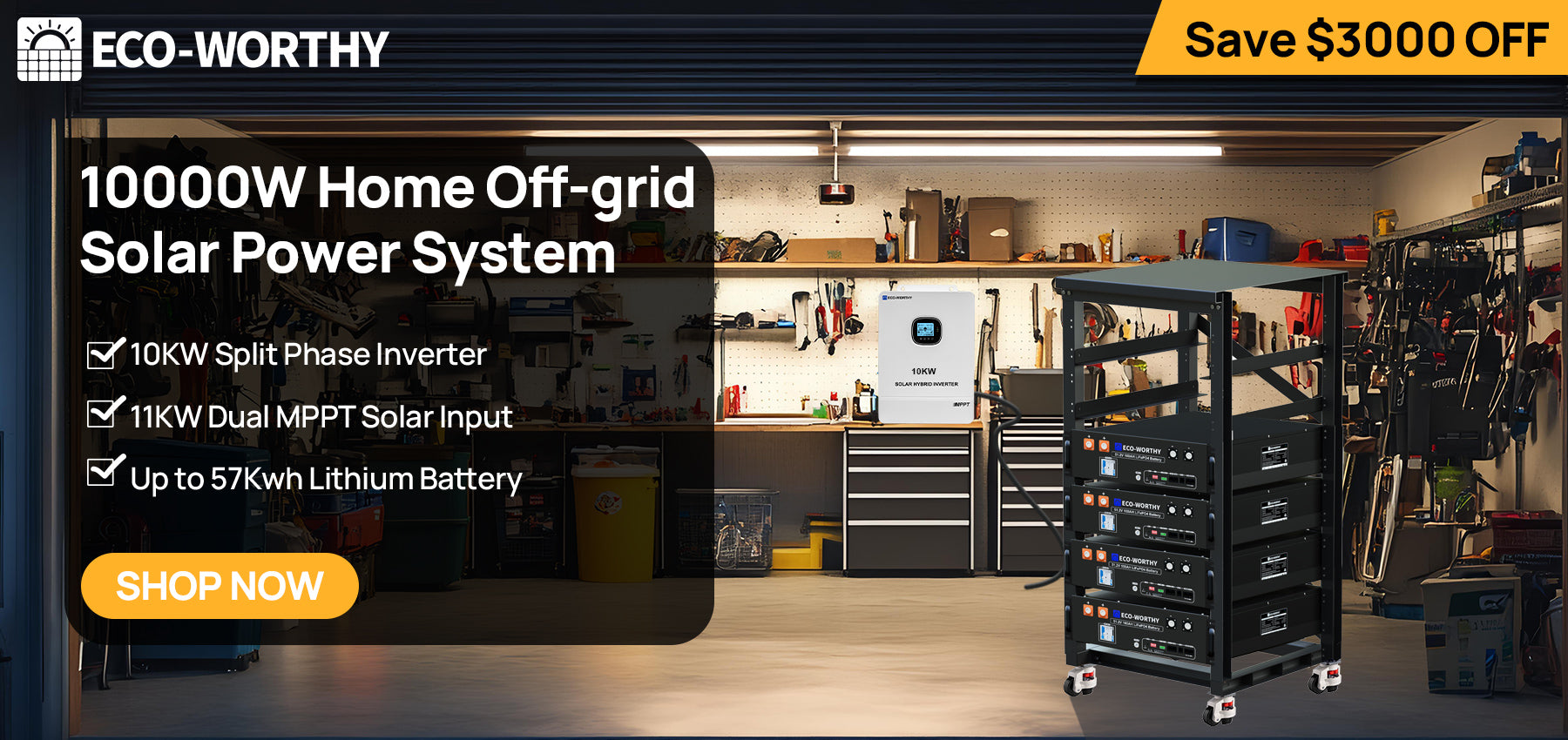Solar power system can not only give you the electricity, but also boost your house value. A complete PV system, which includes the inverter unit and battery bank for power storage and use, will significantly reduce your regular electricity bill, in the meanwhile, the panels on your roof will be a value addition to your real estate.
How Much Can the PV System Save for You?
A budget is a helpful way to meet financial goals and easily track spending, especially with bills like electricity. Electricity bills can accumulate quickly and be costly.
As a side effect of the pandemic and the increased time spent at home, more people than ever were using their heating and cooling systems, laptops and desktops, appliances and lights. For many consumers, this surge in residential energy consumption resulted in an increased electric bill.
To know how many coins the solar power can save for you, first you should know the current bill rates in your state, and your annual electricity demand.
One table about Average electricity bills in all 50 states
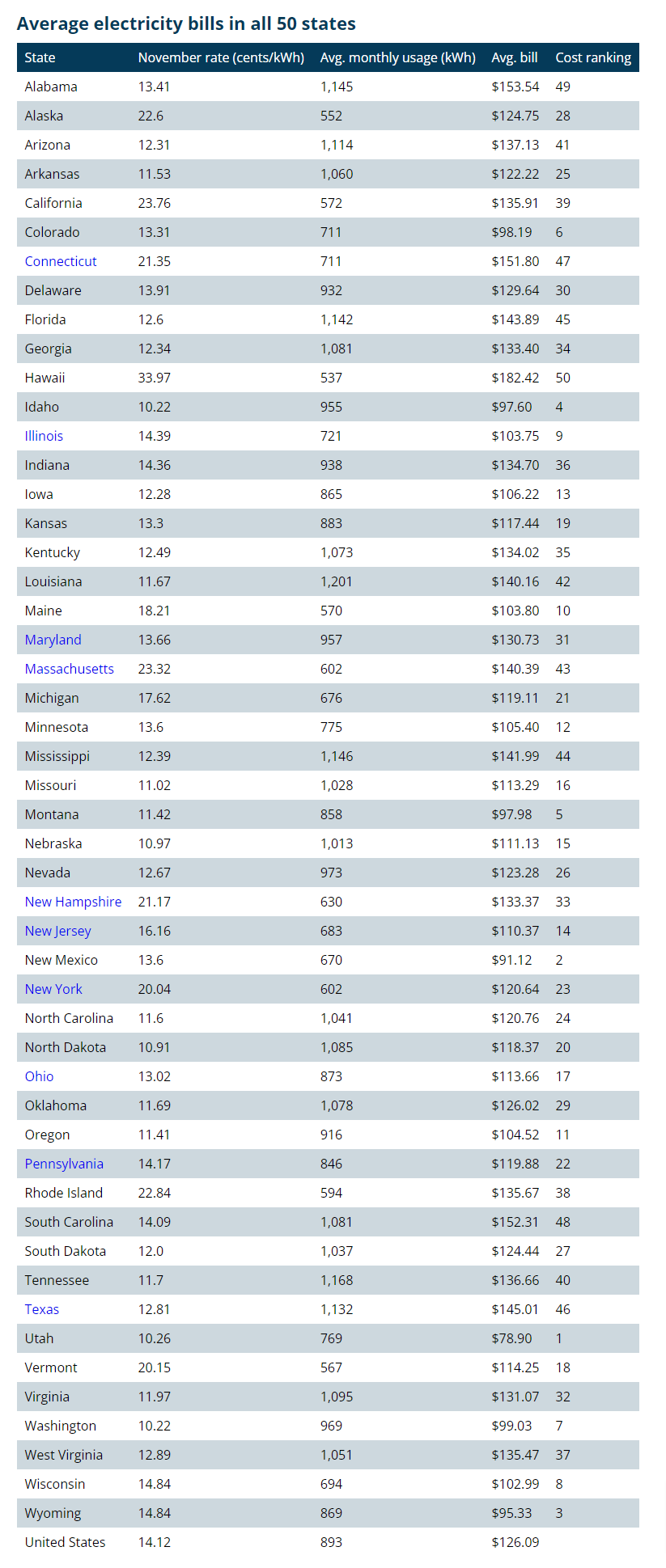
By The U.S. Energy Information Administration (EIA) and saveonenergy.com
If you live in California, the present bill rates will be 23 cents/kWh, an ordinary family usually use about 18-20 kWh power a day, for appliances including TV, fridge, PC, water heater, cookers and more. So the average monthly bill seems to be around 140 USD, which means you need to pay at least 1680 dollars for the annual electricity bill.
Back to the point, now you already aware of your electricity demand and your predictable bill, so we can calculate how much will the PV system save for you.

As you can see, bigger the PV system is, less you need to pay for electricity. But the solar power system itself costs a lot, so except the visible power generation it brings, we also need to consider the return of investment (ROI).

The most moderate way to assess its value is to think of how long it will take that the saved bill amount covers your purchase cost.
The solar power system with inverter and battery bank is definitely more expensive if you buy them in local store, considering the rent and labor cost, and more if it includes the installation service. But if you’d like to do the installation yourself, the amount can get significantly decreased. So one practical way is to buy those individual units, search for the installation guide from websites or manual, then call several friends to help you do so.
For example, in that way, if you purchased our 2300w complete system, which price is about $4600 , without the electrician service fee, it will take 6 years to gain the cost recovery, according to the above table and the annual bill saving. Of course, it’s just for California condition, the recovery period varies in different states. If your choice is the 3600w complete system, the cost recovery time will be around 7 years.
The solar panels usually have 25+ years lifespan, LiFePO4 batteries can keep 80% capacity for 10+ years, inverter lifespan ranges from 10 to 15 years, other things like cable are cheap and easy to change. So you don’t need to worry about the system lifespan, just prepare enough fuse to protect the key units.
Save Your Time and Money When Outage Occurs
What does solar energy mean to you except saving money? Maybe it’s independence from the electric utility. Solar panels let you generate your very own free, sustainable electricity.
It’s not hard to imagine how the situation will be when lights goes out suddenly, outage happens thousands of times these years in many states, in that periods, your PC shuts down, smart phones can’t get charged, which cause you hard to get working or contacting in home. What’s more, the cookers become unavailable during the blackout, so your hot meal has to be delayed. If there is one back-up generator in home, you’ll be able to keep your home or business running. However, these generators often run on fossil fuels. Not only are fossil fuels non-renewable, but they can be hard to come by during emergencies or natural disasters.
Solar power can make you no longer waiting for the gird recovery, however, most solar panel systems installed in the United States are tied to the electric grid. Grid-tied systems have to abide by the rules of the utility. Solar panels, by themselves, will not work in a power outage because they are grid tied. This means your solar system is wired into your electric company’s grid, giving you the ability to take advantage of net metering. When the power goes out from your electric company due to a natural disaster, routine maintenance, or due to an overload, your panels will also stop producing energy from the sun. This is for safety reasons when the electric company sends utility workers to fix the lines. And that means no electricity when the grid goes down unless you have a battery-backed solar system.

If you own a grid-tied system, Installing one or a couple of solar batteries will allow you to store unused power generated by your solar system. You’ll then be able to draw on that power without putting utility workers in danger in the event that the electricity grid goes down.
Or if your building is in remote areas where grid-tied electricity unstable, an off-grid solar power system is a good option. The off-grid system with inverter and batteries give you complete energy independence, meaning you can use your solar system when the grid goes down.
Solar Panels and Battery Storage Can Help Increase Home Value
homeowners, potential buyers and appraisers know that solar panels and battery storage can increase your home’s value on the real estate market.
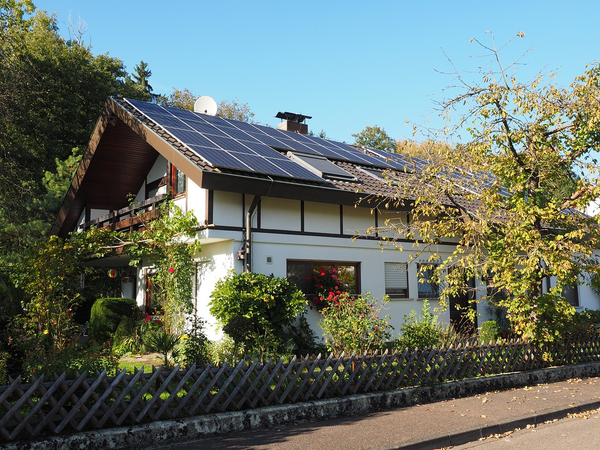
Specific numbers vary between each installation and property. Yet recent studies show an average increase in resale value between $4,020 and $5,911 for each 1 kilowatt of solar panels installed.
At $4,020 per kilowatt, a 5 kilowatt solar panel installation would add an average of $20,100 to the market value of a mid-sized U.S. home. Or in California at $5,911 per kilowatt, a small 3.1 kilowatt system would add an average of $18,324 to the value of a mid-sized home. That’s an appreciable amount that homebuyers are willing to pay. And, a solar home’s selling price is typically 3.74% higher or more than comparable properties without solar.
Buyers consider monthly electric bills when purchasing a home. So when assessing the long-term financial value, they’re increasingly open to the premium of a solar-ready home.
The National Renewable Energy Laboratory notes that installing solar panels is viewed as an upgrade, just like a renovated kitchen, and homebuyers across the country are willing to pay a premium for the economic and environmental benefits of a solar home.
With lower monthly electricity bills and tax incentives for new installations, homeowners can realistically anticipate not only recovering their initial investment but also gaining a handsome return on their investment. If you purchase a solar energy system, you can expect to add a sizable percentage to your property value. It’s the smart, sustainable energy solution and is encouraging more Americans to go solar every day.
Factors Influencing Solar’s Added Value
The added property value from a solar energy system constitutes many factors and varies by market. The value added to a home from solar panels can vary based on the following:
- Region of the country
- Local price of electricity
- Solar installation prices
- System replacement value
- Environmentally conscious community
- Frequency of power outages
- Age of solar system
- Amount of energy generation
- State incentives
- Local understanding of solar technology and benefits
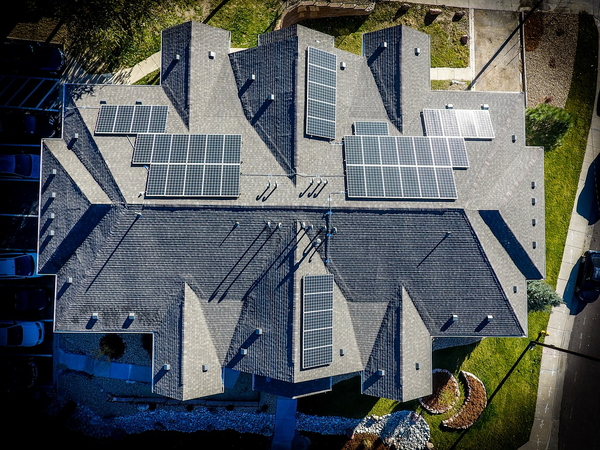
Do Bigger Installations Increase Home Value?
Home solar energy is yours to control while adding property value. Research shows, however, that the wattage generated by a solar installation does not proportionally raise the value of a home. So, installing a massive solar array on your rooftop won’t necessarily equate to a higher resale value. A solar installation that sufficiently meets your energy needs is enough for you to recoup the price of your installation.
Do Solar Homes Sell Faster?
The length of time that a solar powered home is on the market often varies by region of the country. While early analysis performed in six states by Lawrence Berkeley National Laboratory found that solar homes take an extra eight days to sell,9 new research shows the opposite. A solar energy installation will help sell your home 20% faster than residences without solar panels.

